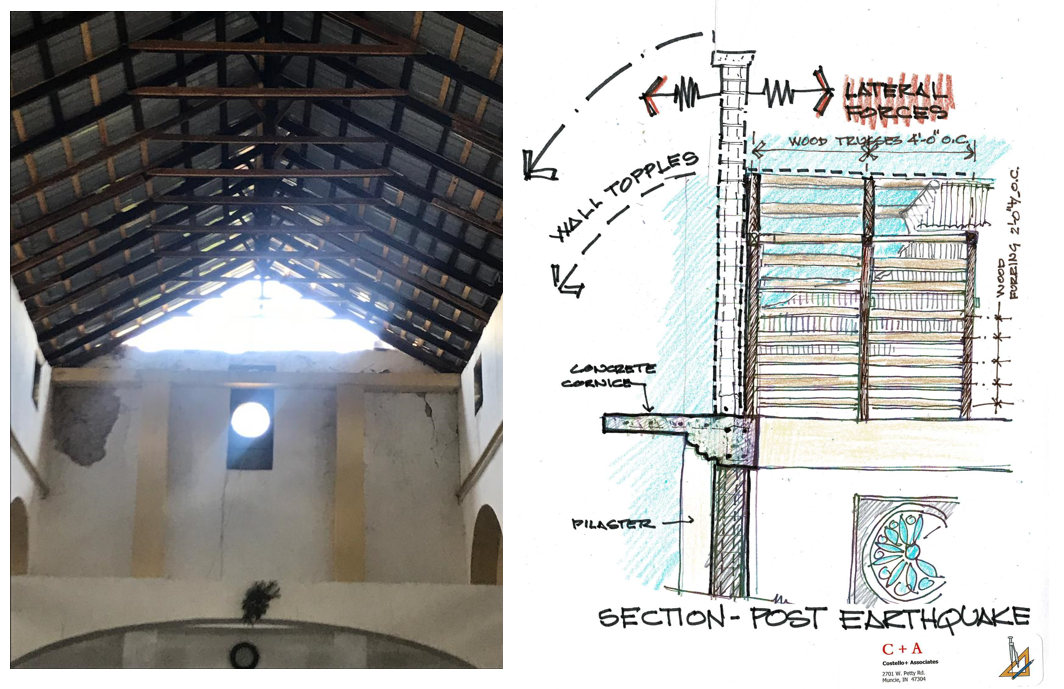
Grantee: Ball State University
Principle Investigators: Anthony Costello
Year: 2021
Project Number: 2021.016
Status: COMPLETED
Educating the next generation of designers is a key objective of the NCMA Foundation. This architecture student design competition at Ball State University has for many years challenged architecture students to solve real world problems with concrete masonry.
Program Details:
On October 6, 2018, a magnitude 5.9 earthquake hit in Haiti damaging structures and killing 18 people. The earthquake caused part of a school to collapse, damaged the façade of the Paroisse St. Michel A De Plaisance church in Plaisance, caused a cultural center to collapse, damaged a holding cell at the Police Nationale d’Haiti Commissariat allowing several detainees to escape, caused an auditorium to collapse, damaged several classrooms at San Gabriel National School, and destroyed houses. Overall, at total of 2,102 houses were destroyed and a further 15,932 were damaged.
In this competition students will focus on redesigning a major portion of the St. Michel Church. The NCMA Unit Design Competition will also be incorporated into this course. Three or four, four person teams (A total of 12 or 16 students in course) will undertake these competitions in an elective course that will be open to both undergrad and graduate architecture & landscape architecture students.
Each team will produce the required deliverables as dictated by the instructor and in accordance with competition requirements. Each entry will take the form of mounted drawings and models that can be displayed once the competition has been completed. These boards will be self-explanatory although the student teams will present their designs for the student design competition orally before the jury. They will not be present when the jury discusses the entries but will return for jury comments and announcement of award winners. The competition documents will be formatted so that they facilitate both a physical exhibit and potential publication of a monograph.